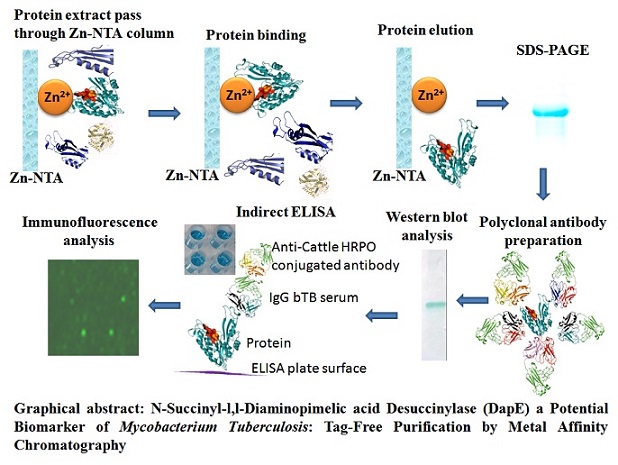Identification of Proteins Participating in the Cisplatin Resistance Following Treatment with Cisplatin in A2780 and A2780CP Ovarian Cell Lines
Trends in Peptide and Protein Sciences,
Vol. 5 (2020),
1 January 2020,
Page 1-6 (e1)
https://doi.org/10.22037/tpps.v5i0.28873
Ovarian cancer is the most fatal gynecological cancer and the 8th most prevalent type of cancer in Iran. Chemotherapy regimen for the treatment of this type of cancer is mostly based on platinum agents and paclitaxel. The major problem during treatment with cisplatin is the appearance of acquired resistance in cancer cells in the first 6 months of therapy. Owing to inefficacy of second line regimens, it seems necessary to find out the molecular mechanisms of cisplatin resistance and find an efficient strategy against the resistant cancer cells. In this study, two ovarian cancer cell lines, A2780-sensitive and A2780CP (resistant to cisplatin) were evaluated. To acquire the protein expression profile, a culture of each line containing 1.5×107 cells was divided into the two groups of control and treatment cells. The treatment group cells were treated with cisplatin at pre-determined IC50 concentration for 6 hours. Then, the total proteins of 7×106 cells were extracted. The proteome of each group (20 μg) was used for subsequent separation of proteins by two-dimensional gel electrophoresis using 7 cm IPG strips. The results of protein pattern changes were analyzed by one-way ANOVA. At least 230 proteins were detected in each gel, from which, about 45 proteins were differentially expressed in each model of comparison. However, by considering the results of all models of analysis on the protein expression profile of two cell lines, three proteins were determined as the key players of resistance against cisplatin.
HIGHLIGHTS
- The major problem during treatment with cisplatin is the appearance of acquired resistance in cancer cells.
- The cisplatin- resistant and sensitive ovarian cell lines of A2780 were evaluated in this study.
- Proteomics analysis was run using 2D gel electrophoresis after cisplatin treatment.
- Three proteins were determined as the key players of resistance against cisplatin in A2780 cell line.
